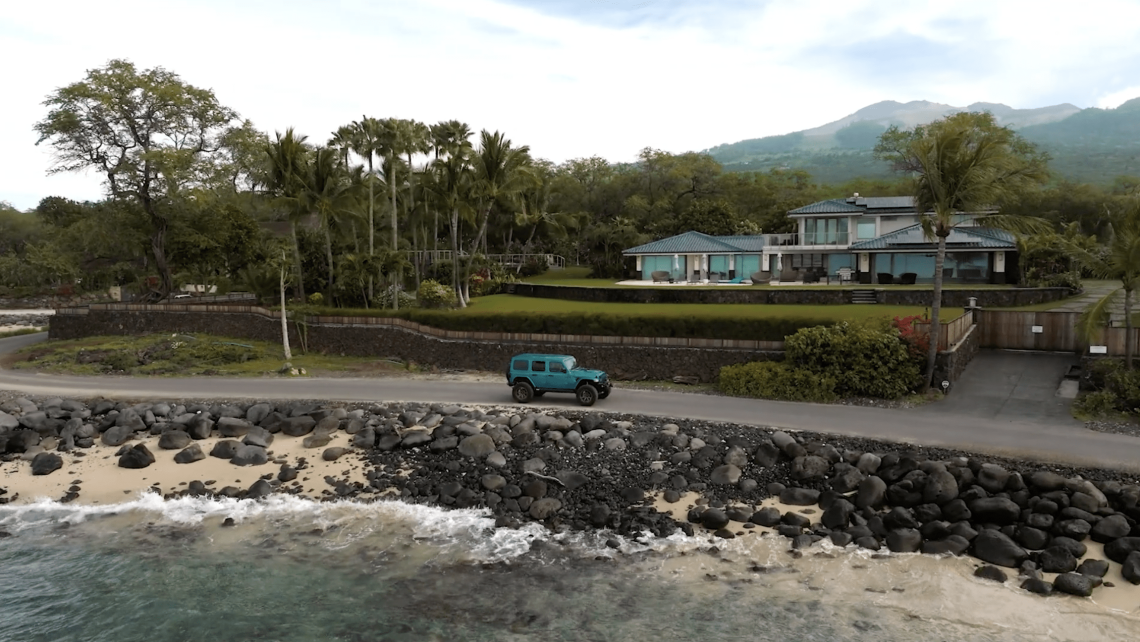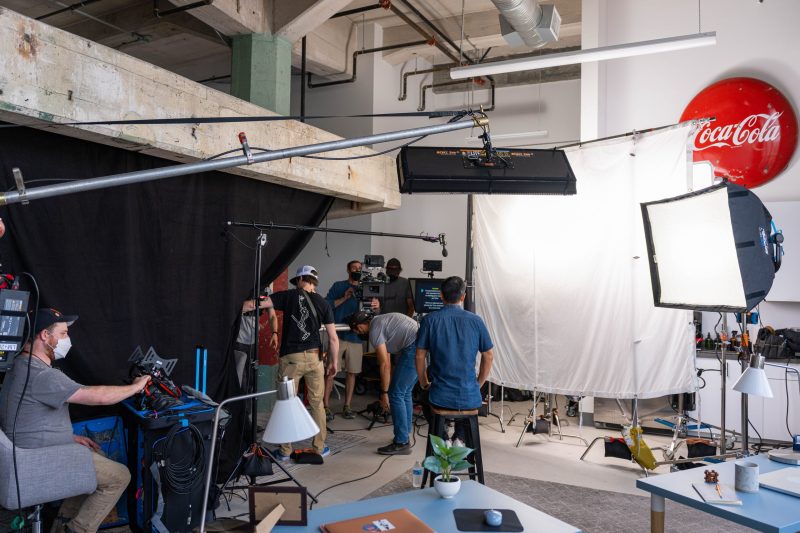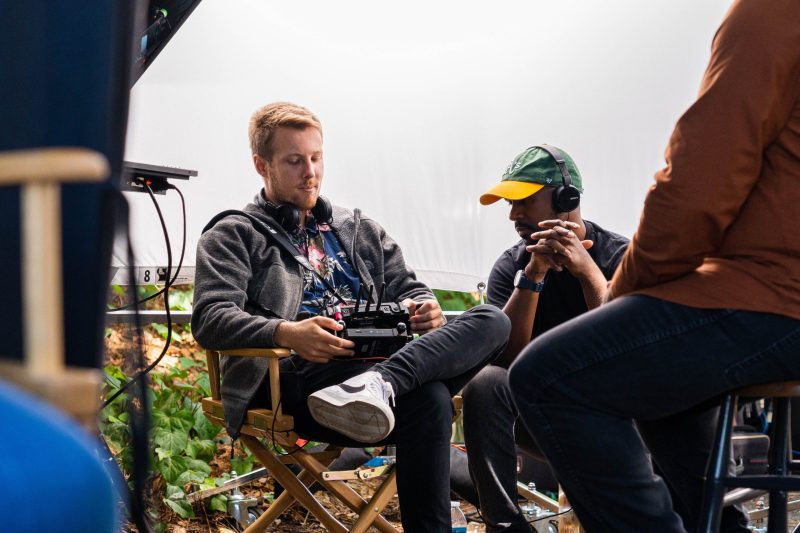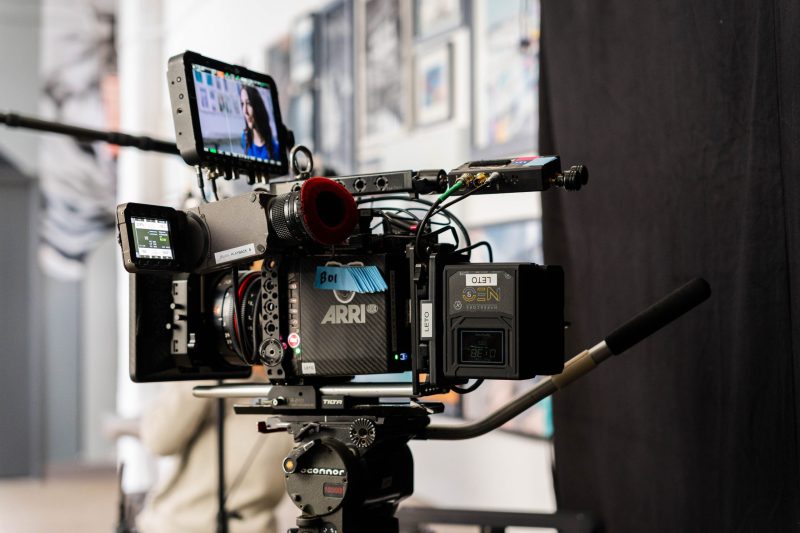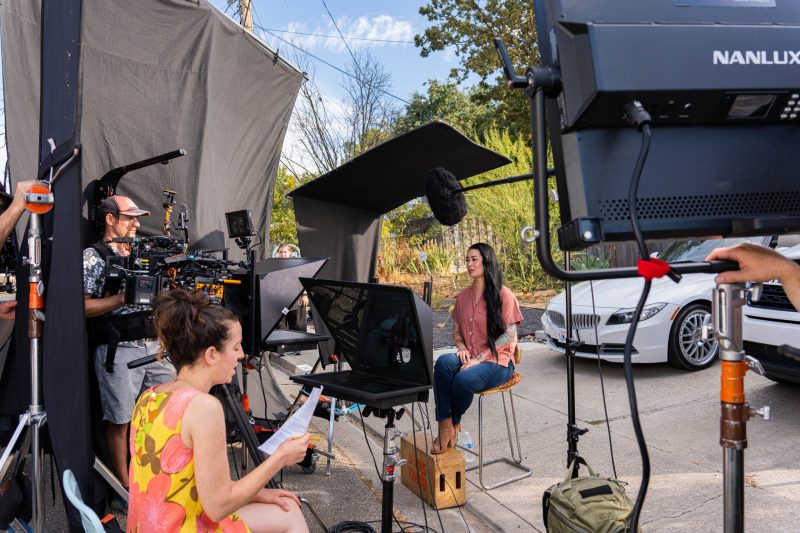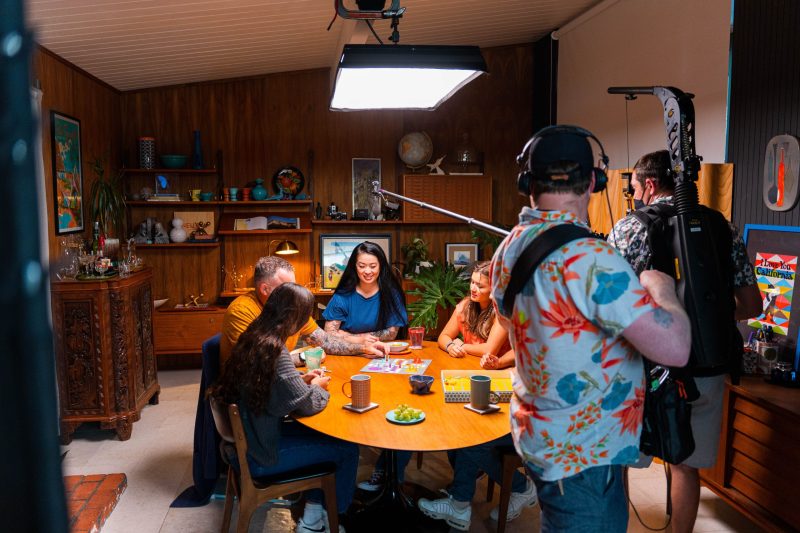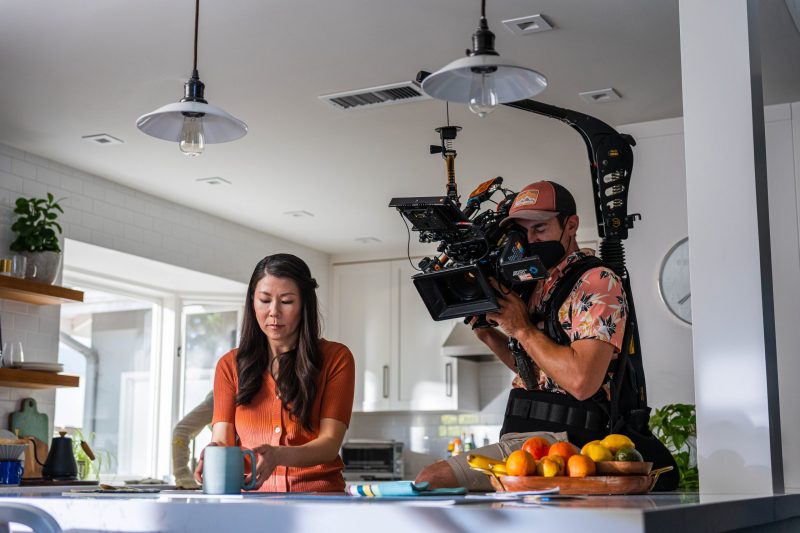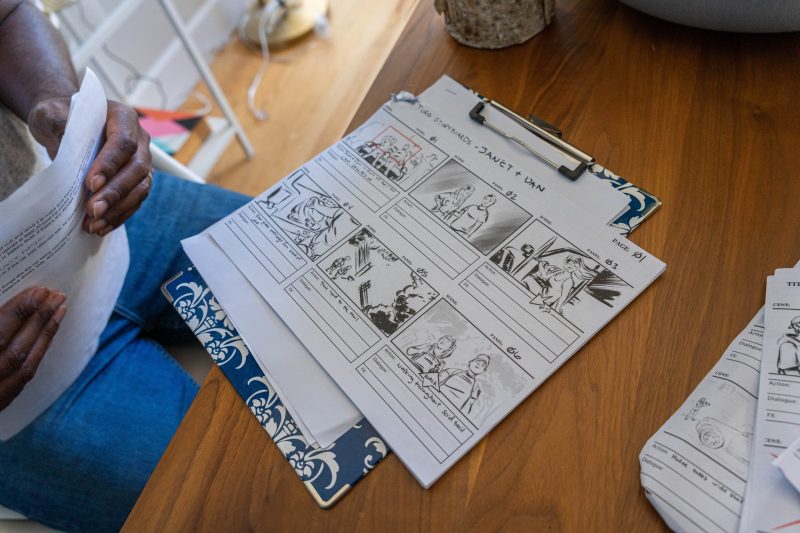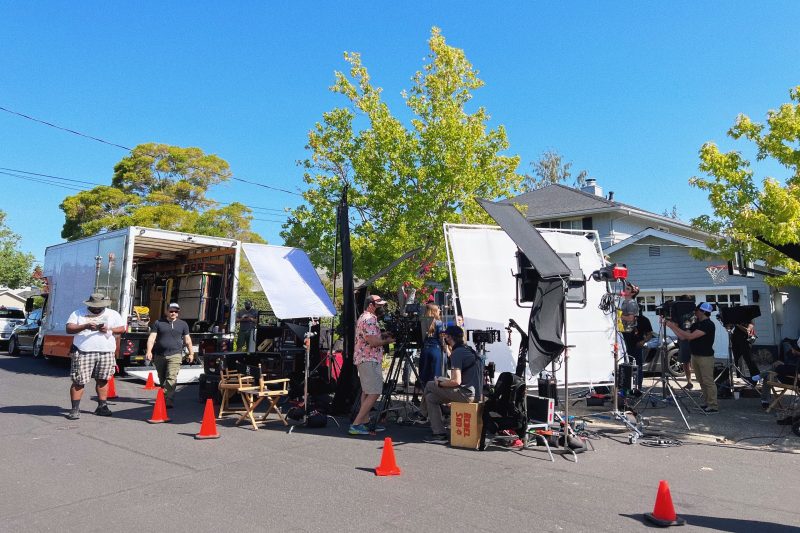Context
Turo came to us looking to produce two educational series for their platform. Turo is a car sharing and rental company, where anyone can rent their car(s) to others. This is called being a host, and certain hosts have turned their car renting business on Turo into their main source of income.
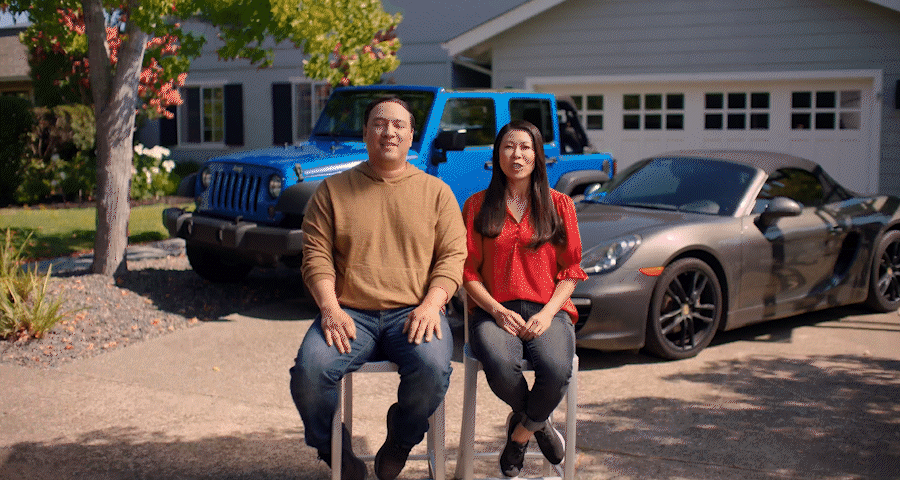
tHE GOAL for these videos WAS for turo hosts to learn, grow, and be more confident about the renting process.
The two series were to touch on how to get started, how to create a listing, what to do after a listing is published and how to finalize a rental once there’s a booking request. Furthermore, the videos were to give tips and tidbits on how a host can better manage their fleet of cars, how to approach scheduling logistics, how to manage time, and how to see overall growth. Turo wanted this information to come mostly from real Turo hosts, but to include a bit of insight from Turo employees as well.
Concept
Pre-production
The core audience were current and future hosts, so we wanted to make sure they could sit through the video and see relatable situations. One of the biggest things that excites when producing content like this is being able to showcase real people’s experiences and stories, because it’s very powerful and inspirational.
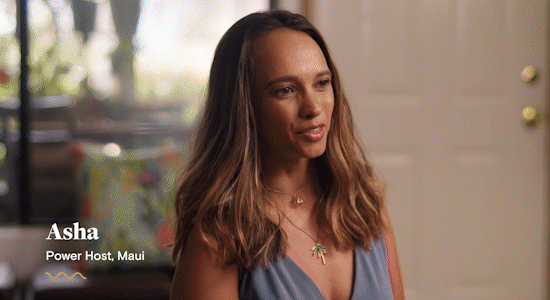
Our main goal creatively was to take all of this educational content and make it relatable.
Pre-production was intricate for both series. We started off with a discovery call with the client to learn their goals for the project, then we scheduled pre-interviews with multiple host candidates to narrow it down to the most optimal candidates that fit within the overall story and purpose of the series. Once we determined this, we pre-interviewed each of these chosen hosts in order to get to know them better and understand why and how they integrate Turo into their daily life.
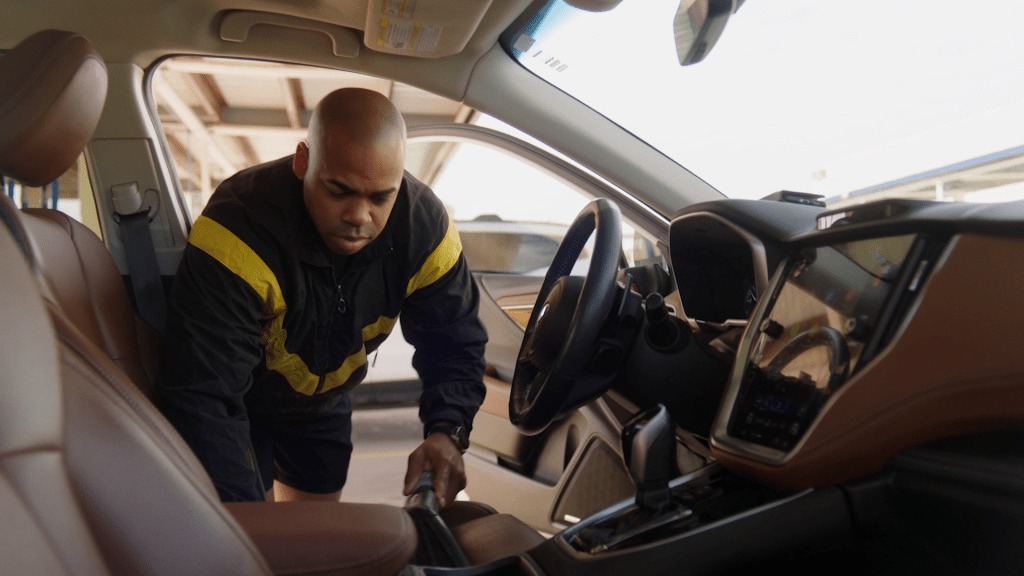
We planned on showing a day in the life of each Turo host and how they utilize the platform and stay on top of business.
Once pre-interviews were complete, the client provided the script for each video and we helped flesh it out and connect it to supporting footage/b-roll we had in mind for each specific host. As this stage began to wrap up and our vision for the series was now clear, we proceeded to book crew. Finding crew was simple for our Bay Area locations but much more difficult to line up for the hosts we were planning on shooting in different cities (Austin, Vancouver, New Orleans, Maui).
Traveling logistics posed a lot of challenges. We were going back and forth about if we were going to rent gear in each city, or if we wanted to travel with rented gear. We ultimately decided on the latter. There were a lot of suitcases and it was all very heavy – definitely a headache bringing it all through the airport. However, because we were working with the exact same gear, it was very predictable on set. Shooting in multiple cities is exhausting, but it’s a great opportunity to divert from the Bay Area routine.
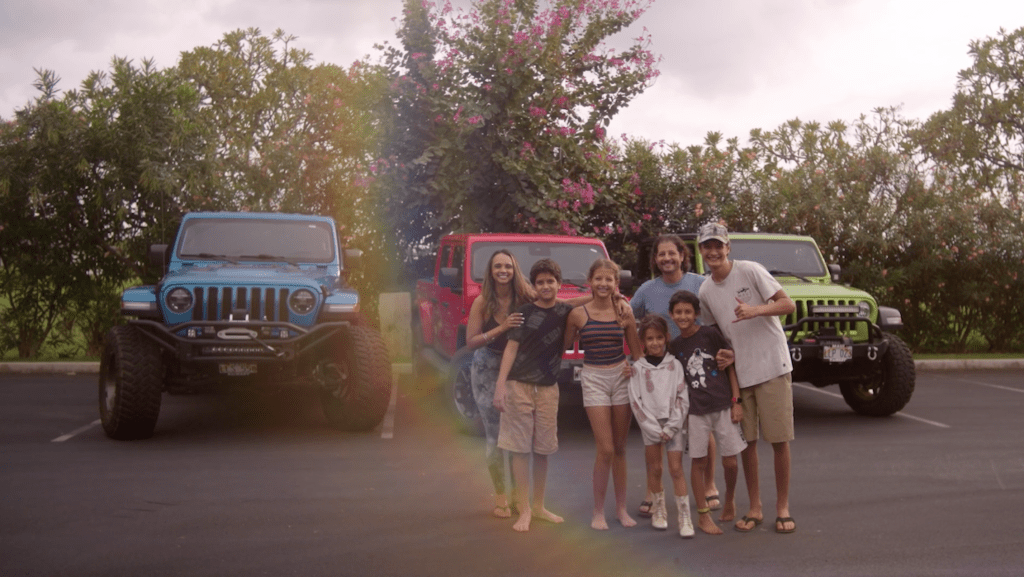
experiencing new places and meeting new people is always a good time.
For our shoot in Vancouver, we learned something new. We were required to complete a carnet, which is a document listing all your gear (name, quantity, weight, value, serial number) that needs to be presented at the airport each time you travel in and out of the US and Canada. When bringing commercial goods (not for selling) across the border, a carnet ensures these goods temporary entry into the country on a duty-free and tax-free basis. Once the trip was completed, we had to send the carnet back to the carnet company.
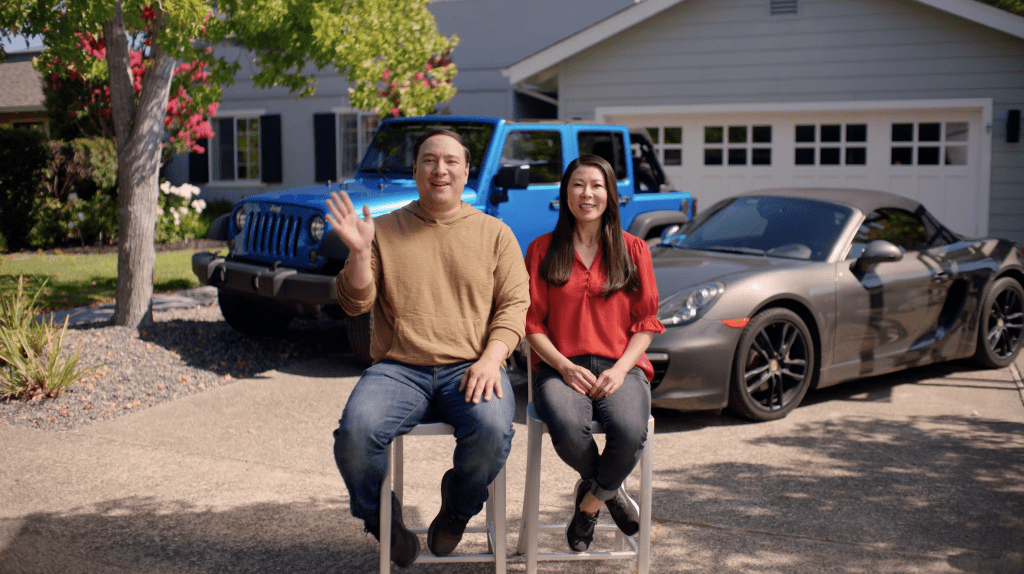
When it came to casting, we chose hosts we felt had the most unique stories that fit with each rough storyline.
We also casted background actors and supporting talent that served as the guests they were interacting with. Since we were casting in different cities, we requested self-tape auditions, to make sure we were hiring the best people for the roles. We worked closely with our director of photography and provided them with references, mood boards, scripts/AV scripts to ensure they had the clearest understanding of our goals for the series and what our expectations from them were. When you’re working with a fellow creative, they’re going to contribute a lot of new elements as well, so you end up having a better final product.
Production
For the first series, we had four production days and did pre-production for about two weeks. For the second series, which was shot in different cities, we had five production days and we traveled a total of fourteen days. In terms of gear, for the first series, we shot with an Arri Alexa Mini, had a full G&E team, and a full grip truck. For the second series, since we were traveling, we shot with Sony FX6s to make our kit a tad smaller and give the videos more of a documentary feel. However, we still had a full G&E team and a full grip truck.
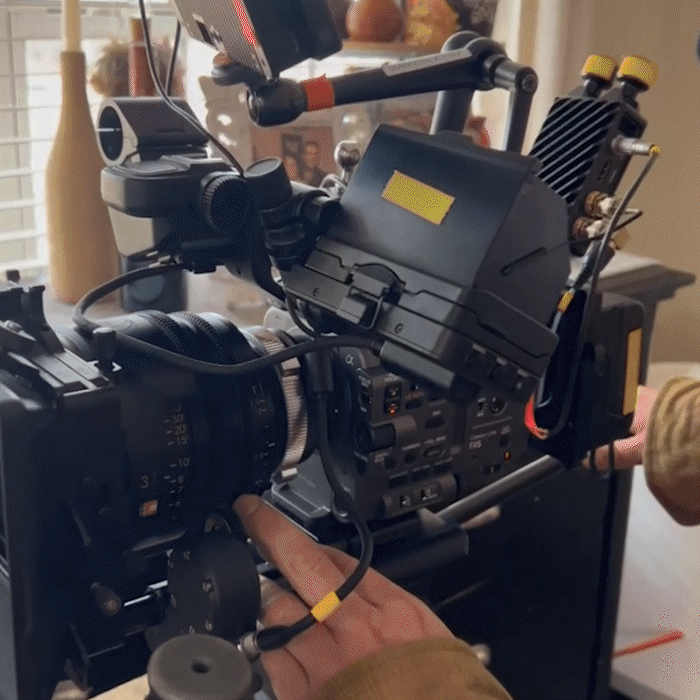
Obstacles for the first series were making sure that each set felt unique to each host and making sure the camera had enough time to light in between production design.
What went well in both shoots is we were able to capture the hosts in a way that felt authentic to their normal lives and convey the information in an enjoyable, organic way. This was partly made possible thanks to the use of an interrotron for the first series and an eyedirect in the second series. These devices allow the interviewee to see the interviewer while they are talking, so they feel more relaxed, confident, and maintain eye contact. The energy from the hosts each day was great, and we were happy to see them having fun and being able to contribute in this way for the Turo app.
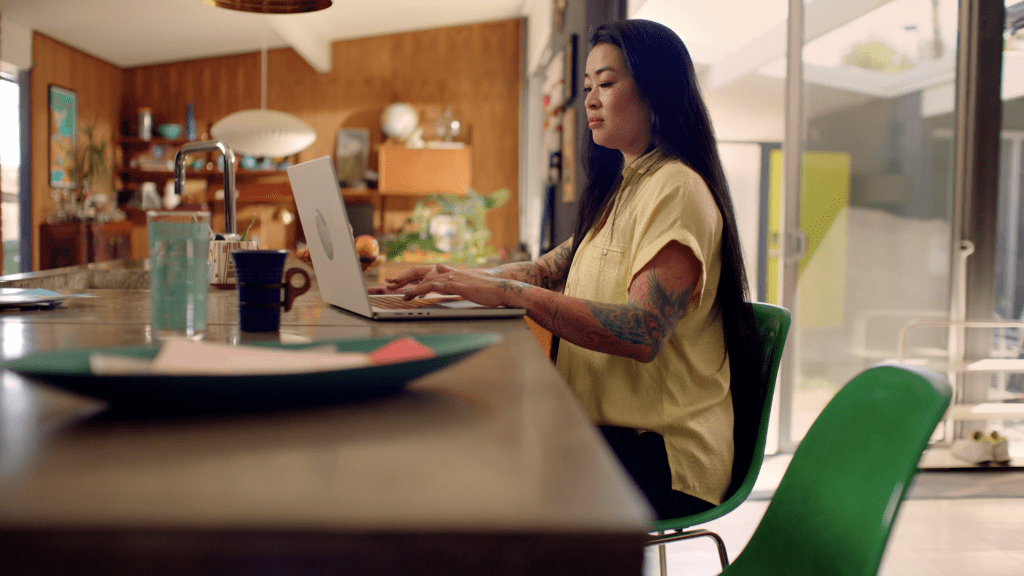
We coordinated with our production designer to make sure each home we rented felt like it belonged to each host.
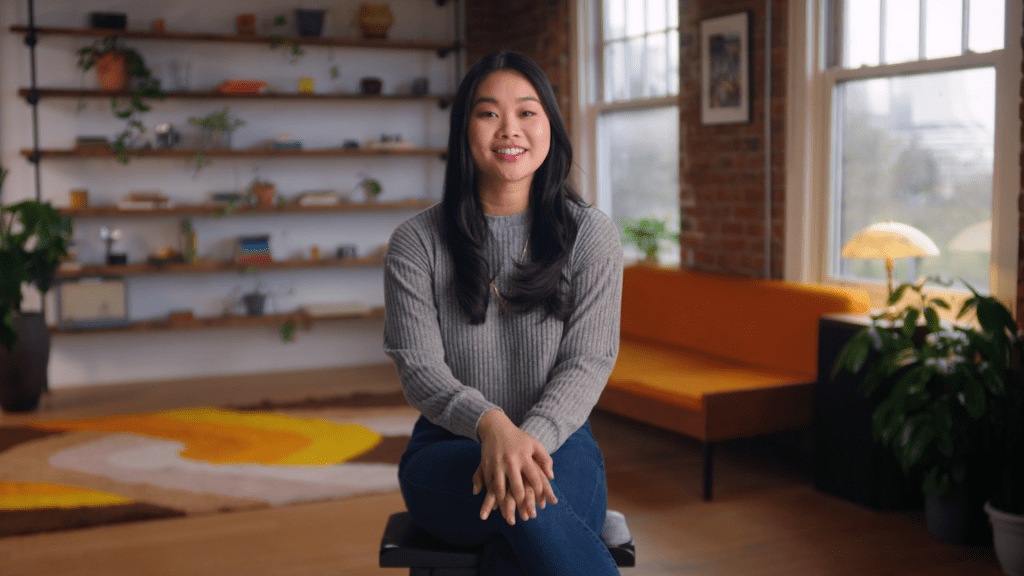
We shot the Turo employees at a Peerspace rental location, so we had to dress it up to look like an office.
Post-production
We worked with a very talented editor and color grader for post-production. Across both series we had a total of fourteen unique deliverables, with conforms (9×16 and 16×9). Having to take two aspect ratios into consideration while filming was one of the more difficult parts of this project. We worked with Turo’s animation department to add unique animation for each video. In terms of the overall editing process and time, it took around two months to get through all of the edits for both series. With as many elements and logistics as this, we’re delighted that the final products came together nicely. Having team spirit is necessary for the production of series like this, so we’re grateful for everyone’s collaboration and good energy.
Behind the Scenes:
